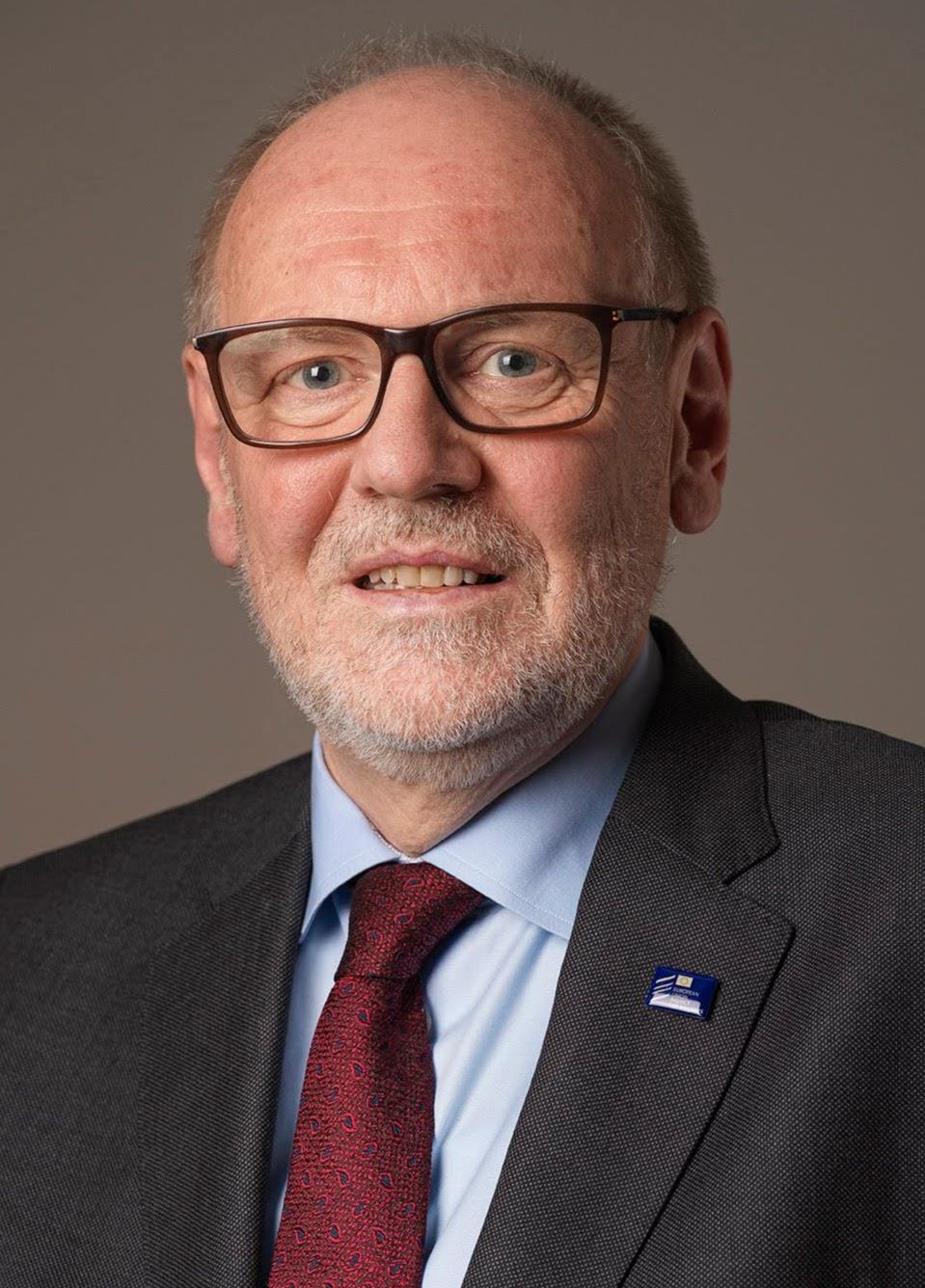The ERA helps overcome challenges by applying digital technology for passengers and freight to achieve a unified European rail network.
Could you outline the objectives of the ERA and the direction you are moving in?
To answer that question, I need to start by explaining more precisely who we are. The ERA is the European Union Agency for Railways, one of the 37 European Union agencies, which are all separate legal entities. There are three agencies for transport: the European Aviation Safety Agency (EASA), the European Maritime Safety Agency (EMSA) and the European Agency for Railways (ERA). The ERA was founded in 2004 and is based in lovely Valenciennes, in the north of France, but we also have offices in Lille. At its inception, the Agency’s initial objective was twofold: achieving full railway interoperability and improving safety.
Interoperability means that there are no technical barriers for trains when moving around Europe. Unfortunately, these barriers still exist: as you might know, some countries, such as Spain, the Baltic countries, Finland, use a track gauge that is different from the standard one of 1,435mm.
Unfortunately, these barriers still exist: as you might know, some countries, such as Spain, the Baltic countries, Finland, use a track gauge that is different from the standard one of 1,435mm.
In addition to that, we have differences in the power supply as well: German speaking countries, together with Sweden and Norway use 15 kV and 16.7 Hz alternating current systems, then there’s the 25 kV 50 Hz AC system, and several direct current (DC) systems, like the 1.5 kV, the 750 V and the 3 kV one used in Italy.
Currently there are also 25 different signalling systems in Europe. A signalling system is used to make sure trains do not derail or crash into each other. For a couple of years now the ERA has also been the system authority for the European Rail Traffic Management System (ERTMS), which aims to make end-to-end interoperability of trains possible, changing the current situation, that requires long distance, international trains to have seven, sometimes even nine different signalling systems on board.
When it comes to safety, our role is on the one hand to create a European safety culture, with conferences like the one held in Porto last year, on the other hand to report on railway safety every two years, recording for example the number of accidents per kilometre.
Since 2019 we have also been in charge of safety certificates and vehicle authorization in Europe. Railway operators can only run trains when they possess a valid safety certificate, and every vehicle needs an authorization to run. Authorisations were issued nationally up until 2019, now, however, applicants can choose between an authorisation valid within a single member state, that can be issued by both a national authority or ERA, or one that is valid for more than one member state, that can only be issued by the European Railway Agency. Since 2019 we have issued authorisations for more than 30000 vehicles.
The role of the agency has been formalised and is perfectly summarised by our mission statement: Moving Europe towards a sustainable and safe railway system without frontiers
What benefits does the ERA hope to bring to European rail passengers?
There is one primary and obvious benefit: seamless movement across borders without the waiting times caused by the need to change locomotives at the border. The historical focus on national operations means that the cross-border offer is non-existent, as confirmed by the average motor share, which is 4% across borders and 7% national (EU-27), meaning the majority of rail transport is within a single country. International offer is only just starting to grow.
Take this example, the ERA is located in Valenciennes, not far from the Belgian border, but there is no direct train to Brussels, because approximately 500 metres of track are missing since someone decided to eliminate them 20 something years ago. To go to Brussels, passengers can either take the long route via Lille or, like I do in most cases, reach the nearest station in Belgium and take the train from there. There used to be over fifty rail connection between Belgium and France, but currently only two of those are operational.
Evidently, Europe needs to improve its international rail connections. Of course, there are some countries that are better connected, such as Switzerland and its excellent connections with Germany, Austria, France and Italy.
or contact us to discover more.